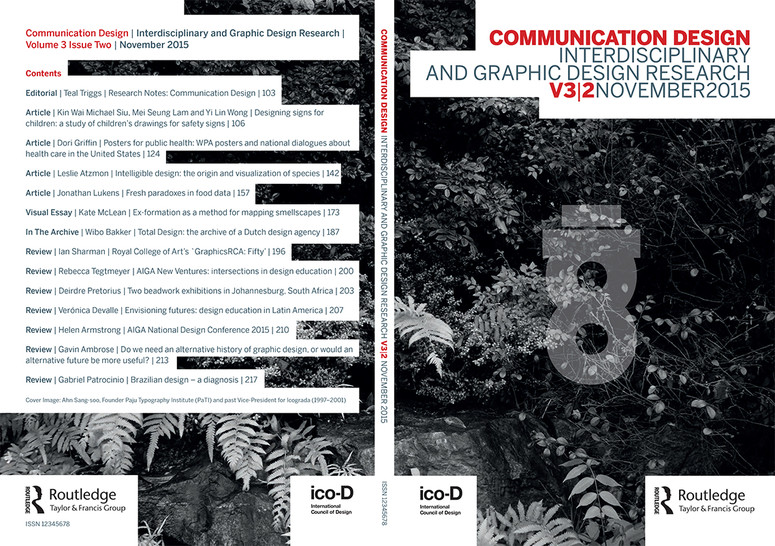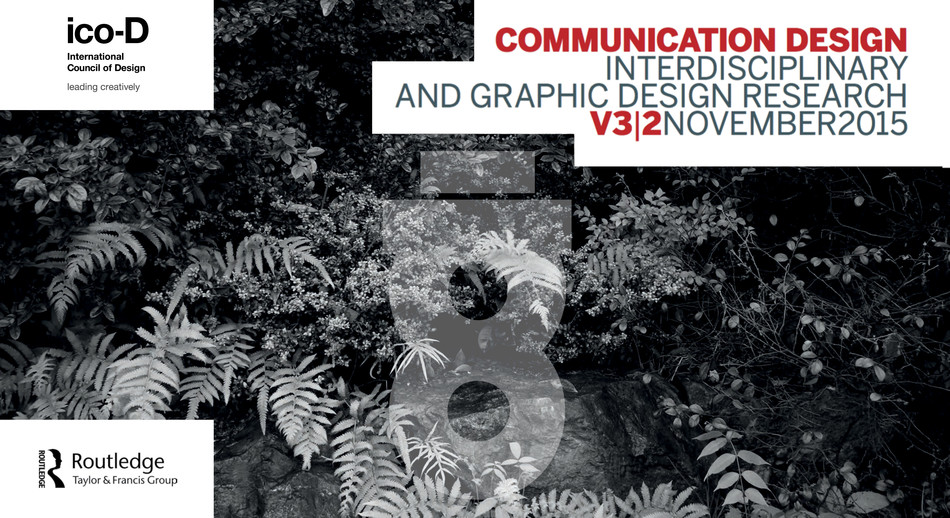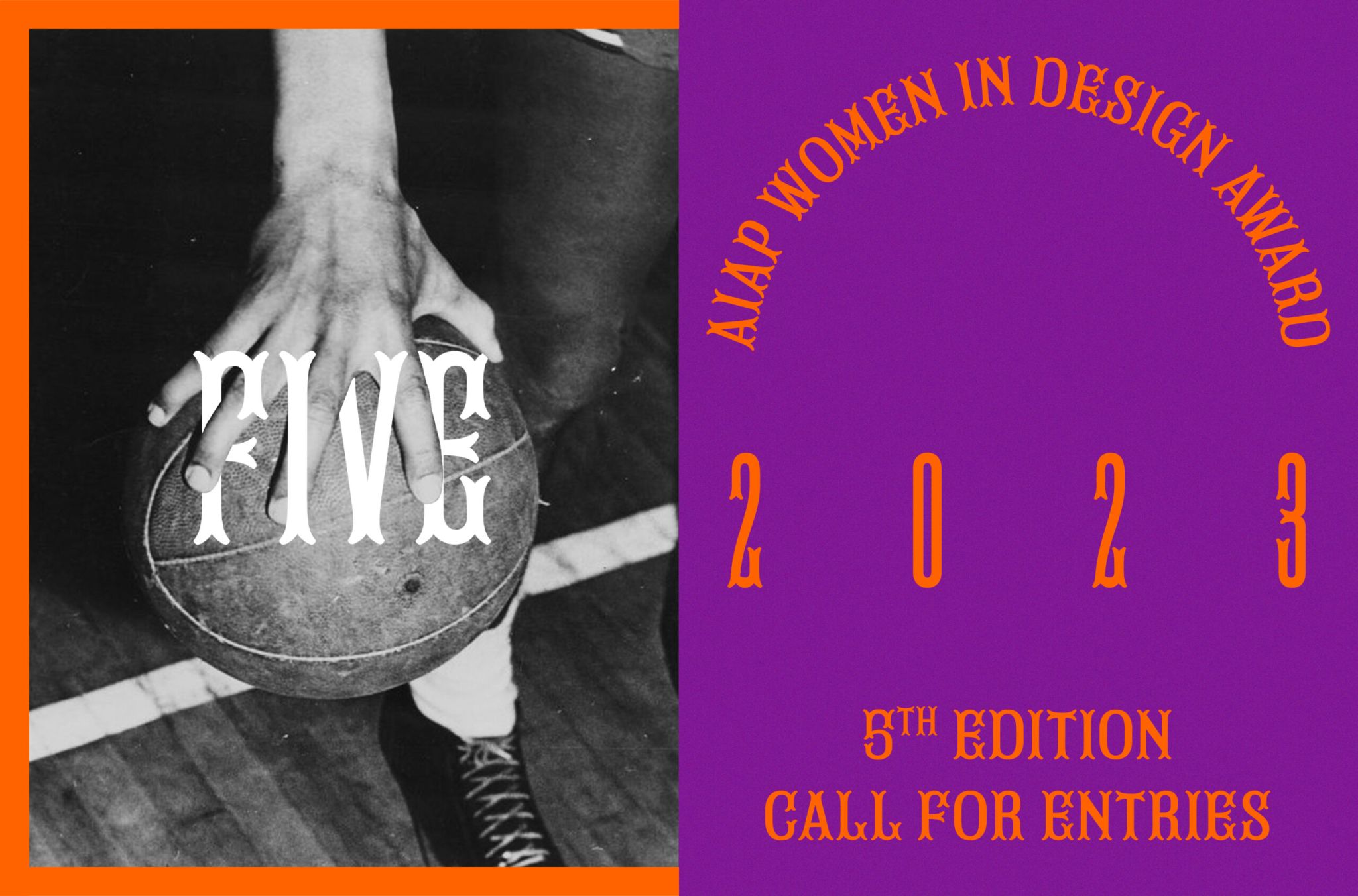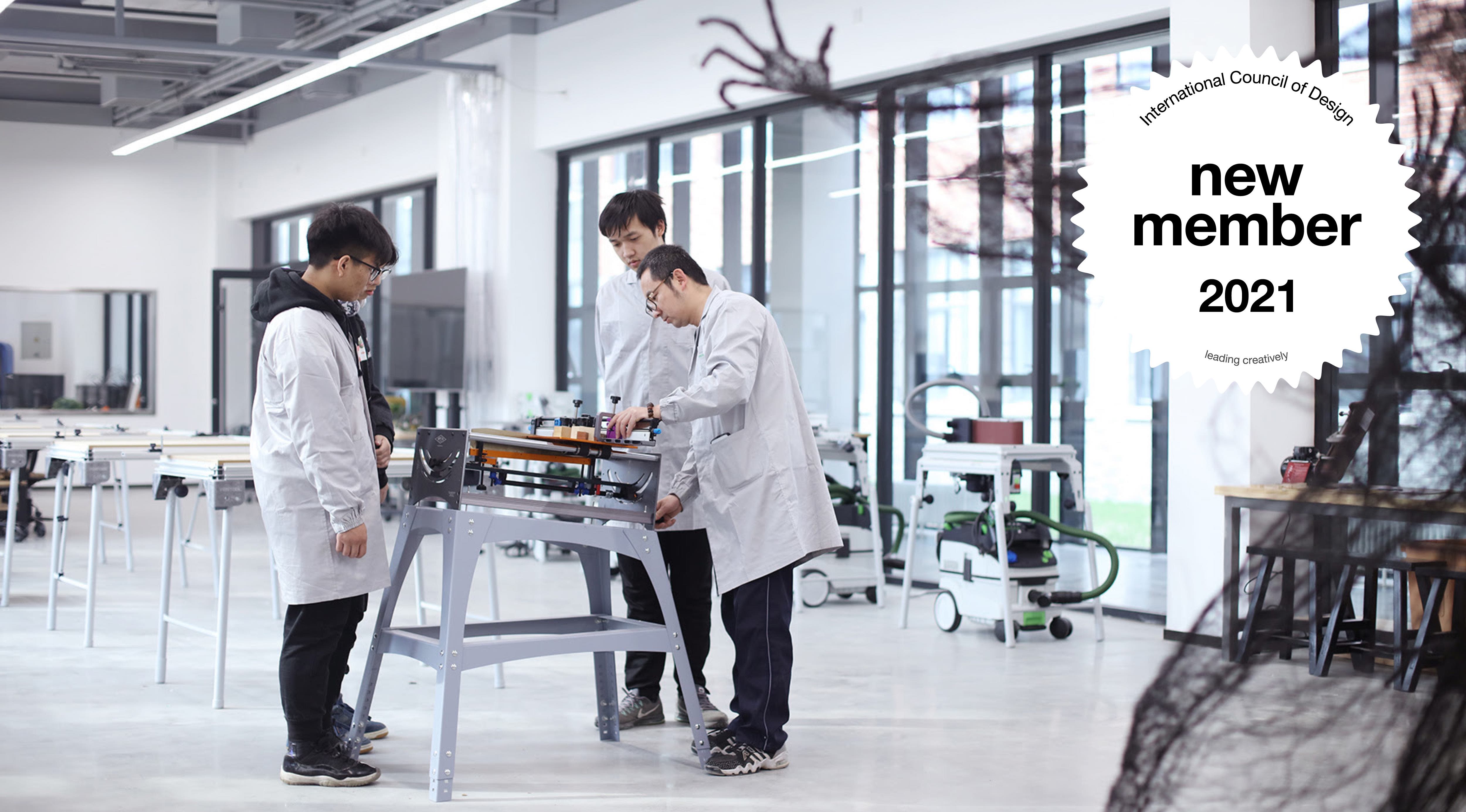Communication Design: Interdisciplinary and Graphic Design Research Volume 3(2)

09.11.2016 News
ico-D is pleased to announce the release of Communication Design: Interdisciplinary and Graphic Design Research Volume 3(2) November 2015 with cover design by South Korean designer Ahn Sang-soo. (Call for papers and to order the journal: See links at the bottom of the article)
The following is the Editorial for Communication Design 3(2) by Editor-in-Chief, Teal Triggs:
Research Notes: Communication Design
This second issue of volume three continues to set out potential directions for how we might address communication design research through a range of topics and perspectives offered by our contributors. Their articles provide insights into how designers look, see and represent the world, and demonstrate how research into the ‘visual’ remains a core component of communication design: for example, the surprisingly complex semiology of children’s drawings, the visual messaging strategies of posters, to the multiple ways in which data and information have been visualised at different points in history.
What better way to begin this issue than by exploring the ways in which children’s drawings might aid in our understanding of safety signs in public spaces. Kin Wai Michael Siu, Mei Seung Lam and Yi Lin Wong, undertook a study with 65 primary school children (7-12 years old) in different districts in Hong Kong (‘Designing signs for children: a study for children’s drawings for safety signs’). Through a systematic analysis of the drawings produced by their focus groups, the authors were able to hypothesize different ways in which children read and understand pictograms.
The role of the poster in conveying public health messages historically in the US is the focus of Dori Griffin’s insightful article ‘Posters for public health: WPA posters and national dialogues about health care in the United States’. Griffin methodically examines the visual messaging found within a selection of posters from the Library of Congress’s Work Progress Administration (WPA) Federal Art Project collection procured in the 1940s. Her article shows how a collection might provide a rich resource for an analysis of graphic artefacts, revealing cultural and ideological positons as well as assumptions about the viewing audience. She shows the ways in which the government opted for a graphic simplicity which reduced complex issues down to a set of core American values (e.g. home life, cleanliness, and healthy futures).
Communicating the complexity of data is also addressed through the narratives of information visualisation. Leslie Atzmon delves into the ‘revolutionary world’ of Charles Darwin arguing that his use of the ‘tree-of-life’ sketches informed his understanding of the complexities of evolution. Atzmon proposes that these sketches, and the diagrams they generated, published in Darwin’s Origin of Species, reflect a process of ‘visual ideation’ resulting in an ‘infographic’ which serves as a way of thinking through ideas, but also a way to communicate those ideas to others.
Jonathan Lukens, argues in his article, ‘Fresh paradoxes in food data’, that the process of ‘traceability’ of food items in moving from the ‘farm to table’, opens up questions around design which promotes an advertising agenda (e.g. packaging) as opposed to design that reveals (e.g. supply chain). Lukens navigates the complexity of wicked problems and draws from Kees Dorst’s concepts of design paradoxes to address issues surrounding traceability and the communication designer’s role in this process. His conclusion: designers must be made aware of the ambiguity, ephemerality and often contradictory nature of information made possible by food data and tracking systems.
Whilst the visual is key to representing ideas, the journal is also interested in how different senses can be employed in conjunction with the visual as a way to share new insights into a subject. A case in point would be Kate McLean’s intriguing method of ‘smellwalks’ to illicit participants’ perspectives on smells in an urban space. She explores the role of olfactory sense in her visual essay, ‘Ex-formation: Urban Smellscapes & Mapping’, and evidences through her own practice how this might contribute to our understanding of place.
Thereafter, we continue with our series which explores the nature and potential role of archives in shaping history, but also for informing the future of communication design. Wibo Bakker takes as his case study the fascinating inventory of the design agency Total Design, in order to explore the value of Dutch archival practices for designers, researchers as well as a broader public audience. Not surprisingly, this leads Bakker to question archival practices in a digital age; especially where design work is created in software programmes which may or may not be available in the future.
The plethora of recent design exhibitions and conferences provide another indicator of the increased interest in the history and theory of communication design. Yet, it could be argued that such forums have also been central to informing the ‘who, what, where, why and how’ of communication design research and professional practice more generally. With this in mind, the journal wanted to increase the column inches devoted to reviews in order to explore design education internationally - specifically in Latin America, South Africa, USA and UK, as well as interrogating alternative histories of graphic design through the lens of designers as curators. We also wanted to engage with what policy might bring to our understanding of the profession by featuring an analysis of the recently published ‘Diagnostic Review of Design in Brazil’. It is clear that such a broad range of reviews and positions indicate just how far our profession has come.
Our cover for this issue is by the celebrated South Korean designer Ahn Sang-Soo. As founder of the Paju Typography Institute (PaTI) and past Vice-President for Icograda (1997-2001), his contribution to defining the future of design education and the profession continues to inspire.
Teal Triggs
Editor-in-Chief
@communicationdesign@ico-d.org

Final cover cover design by Ahn Sang-soo including list of contributors.
Editorial Board
Editor-in-Chief
Teal Triggs, Royal College of Art, UK
Editors
Leslie Atzmon, Eastern Michigan University, USA
Kyle Hyunsuk Kim, Hongik University, South Korea
Paul J. Nini, The Ohio State University, USA
Karel van der Waarde, Graphic Design Research, Belgium
Reviews Editors
Priscila Lena Farias, Universidade de São Paulo, Brazil Deborah Littlejohn, North Carolina State University, USA Joyce Yee, Northumbria University, UK
Editorial Board
Sean Adams, Art Center College of Design, USA
Alison Barnes, London College of Communication, University of the Arts London, UK
Audrey G. Bennett, Rensselaer Polytechnic Institute, USA
Sherry Blankenship, Ohio University, USA
Anne Burdick, Art Center College of Design, USA
Hernan Casakin, Ariel University Center of Samaria, Israel
Selby Coxon, Monash University, Australia
Rebekha Davis, Queensland College of Art, Griffith University, Australia
Cees De Bont, Hong Kong Polytechnic University, Hong Kong
Florian Pfeffer, University of Art and Design, Germany
Robert Harland, Loughborough University, UK
Ashis Jalote-Parmer, Ahmedabad University, India
Susan King Roth, Virginia Commonwealth University, USA
Ruth Klotzel, Estúdio Infinito, Brazil
Simon McIntyre, The University of New South Wales, Australia
Leila Musfy, American University of Beirut, Lebanon
Danne Ojeda, Nanyang Technological University, Singapore
Arne Scheuermann, Hochschule der Künste Bern, Switzerland
Ria (Heila Maria)Van Zyl, University of Pretoria, South Africa
Xio Yong, Central Academy of Fine Arts, China
Evert Ypma, Lucerne University of Applied Sciences and Arts, Switzerland
Jeremy Yuille, RMIT and Meld Studios, Australia
Lawrence Zeegen, Ravensbourne, UK
Links
The Journey of a Design Journal. This feature recaps the flash narrative created for the launch of the first issue of Communication Design: Interdisciplinary and Graphic Design Research 3(1) including reference to iterations of the journal: icographic (1970+) and iridescent (2000/2011)
news story
Call for Papers
Communication Design: Interdisciplinary and Graphic Design Research

relatedarticles

in memoriam: essam abu awad (1958-2021)

in memoriam: yu bingnan (1933–2020)


